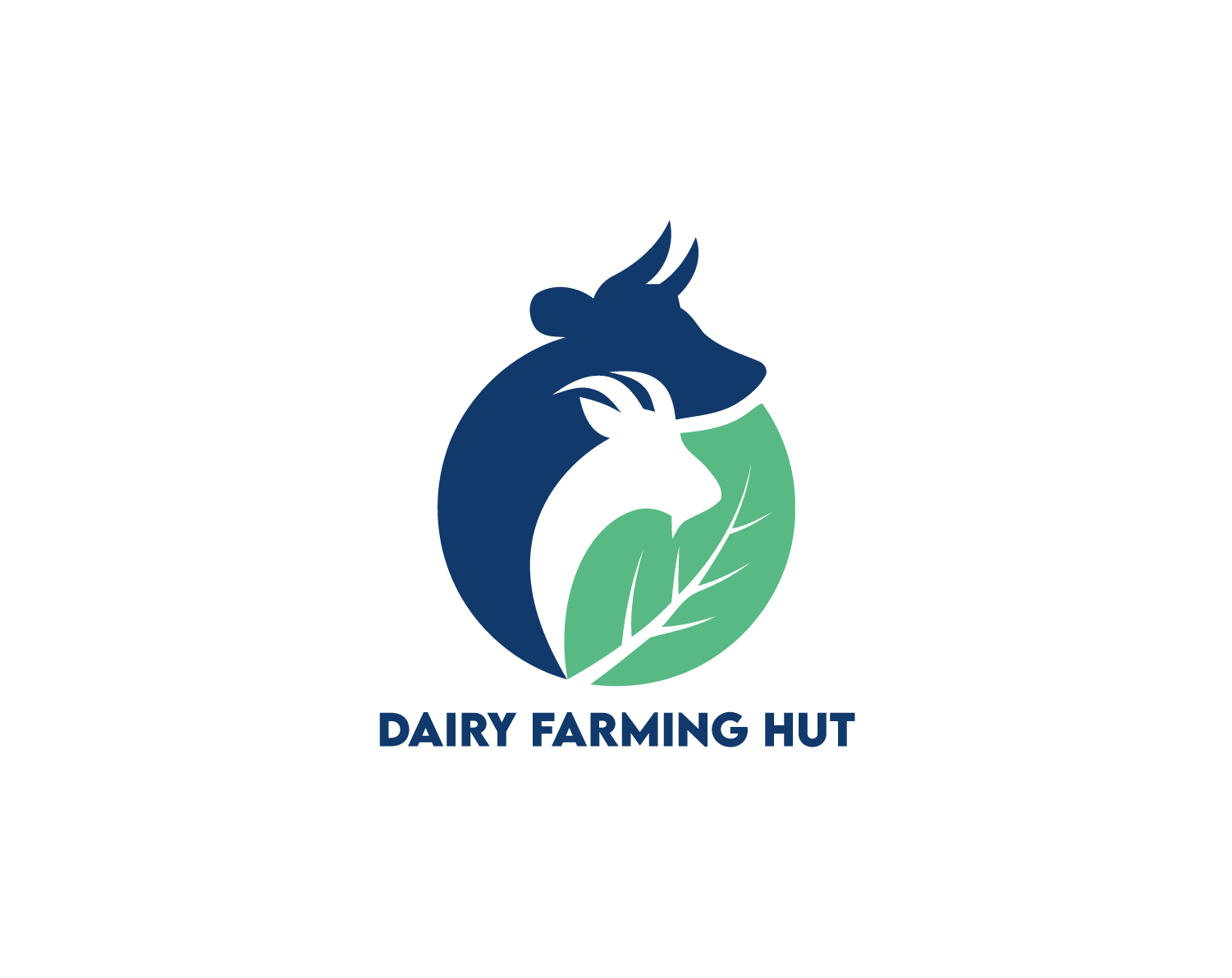Goat farming can be a very profitable form of animal husbandry. Goats are lucratively farmed for their meat, milk, or fiber production. At the same time, some are useful for crossbreeding for their prolific kidding. In addition, miniature goats are becoming increasingly popular as pets, creating an opportunity for breeders to profit from certain docile breeds.
Breeding goats for their meat is the most profitable form of goat farming, with Boer goats being the best breed for meat. The most profitable breed of goat for its milk is the Alpine goat. Black Bengals, Angoras, and Cashmere goats are the most lucrative breeds for skin and fiber production.
Many goat breeds are dual-purpose. For example, Alpine, Pygmy, and Nigerian Dwarf goats all produce milk and make great pets. Pygmy goats are also bred for their meat, adding to their versatility and value as a breed. This said, marketing Pygmy goats for meat or as pets should be done separately.
The Most Profitable Goat Breed For Meat
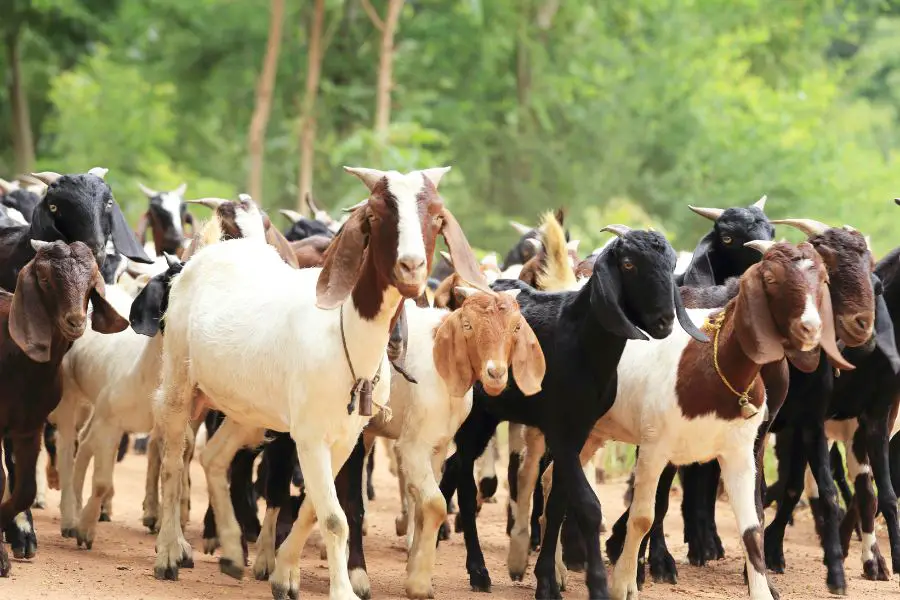
The Boer goat is the most profitable meat-producing goat, which originated in the Eastern Cape province of South Africa in the early 1900s. Interestingly, the word "Boer" means farmer in the Afrikaans language. Boer goats are the result of interbreeding indigenous African goats with imported Indian and Nubian goats.
Boer goats are one of the primary meat goat breeds in the United States . Since the early 2000s, U.S. farmers have interbred Boer and Kiko goats to improve their kidding, thereby increasing meat production. Kiko goats originate from New Zealand and grow to market weight quickly.
These goats are highly adaptable and hardy, resisting diseases common to other goats. Their meat is expensive but of the highest quality, making them an increasingly popular goat breed for meat. They have large and muscular white bodies, and their heads are red.
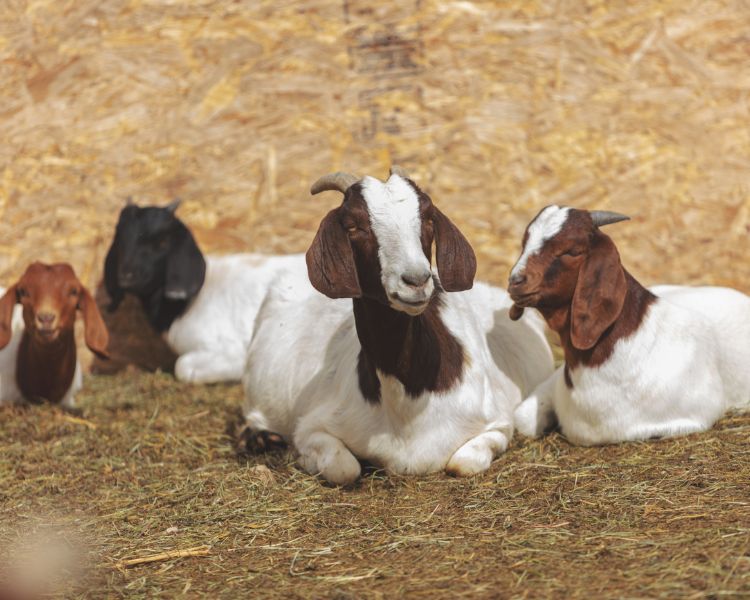
Boer Goats
Other highly productive meat goats include the following:
- Black Bengal,
- Kalahari Red,
- Kiko,
- Sirohi,
- Spanish,
- Tennessee Fainting, and
- Verata.
The Most Profitable Goat Breed For Dairy
The most profitable milk-producing goat is the Alpine. Alpine goats originated from the mountainous areas of the French Alps and can survive in most climates. Top Alpine goats can produce up to two gallons of milk per day. However, because of their high milk volumes, Alpine goats have increased nutritional needs, and their diets should be closely monitored.
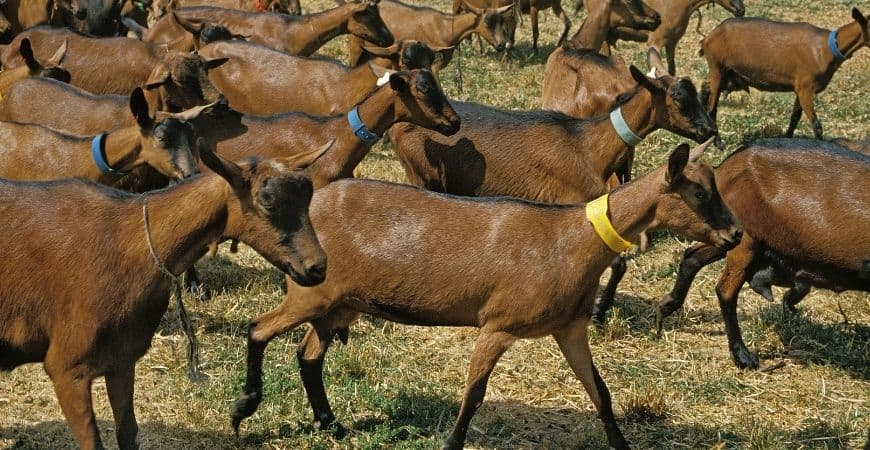
Herd of Alpine goats
Other profitable milking goats include the following:
- Saanen,
- La Mancha,
- Barbari,
- Golden Guernsey,
- Jamunapari,
- Nigerian Dwarf,
- Oberhasli, and
- Toggenburg.
The Most Profitable Goat Breeds For Skin And Fibers
If you are looking at breeding goats for their skin, the most profitable breeds include the Black Bengal, Zhongwei, and Don.
For mohair, the most profitable goat breed is the Angora. Mohair is used for garments such as sweaters and scarves but has many other uses in the textile industry, e.g., for upholstery.
Angora goats are not as hardy as meat-producing goats and need additional protection from wet and cold weather. For example, Angora goats can get hypothermia if their long hair gets wet from snow or rain.
Another fiber one can obtain from goats is cashmere. You can get cashmere from Kashmir (or Cashmere) goats. Cashmere is a superior fiber known for its insulating properties and is not bulky. Clothing items made with cashmere will keep a person warm in cold weather and cool in warm weather.
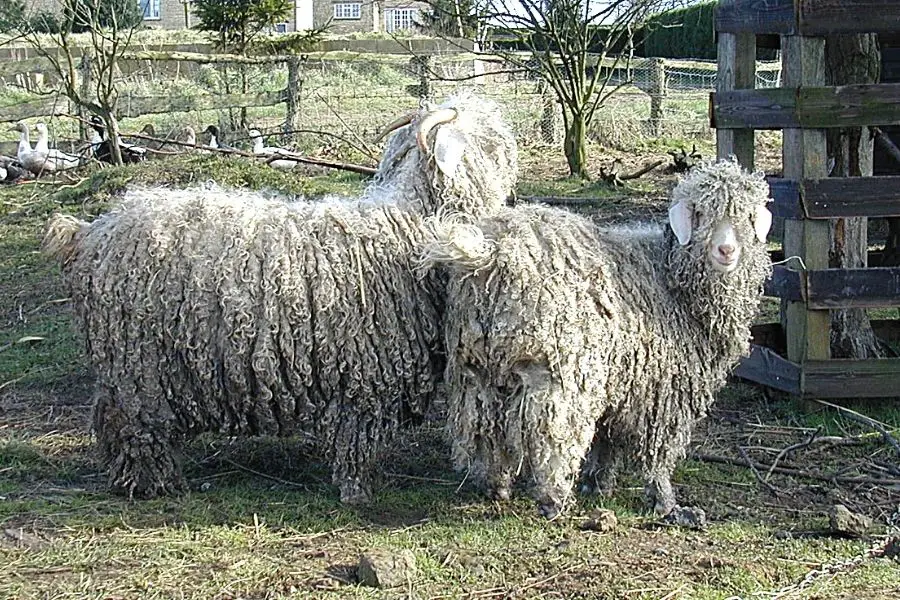
Angora Goats
Cashmere goats tend to be hardy and do well with rotational or intensive farming practices. The profitability of their wool will depend on demand from the textile industry. However, since they are the only goats that provide authentic cashmere, they are a useful breed if farmed intensively.
The Most Profitable Goat Breed For Pets
Goats are fast becoming popular as pets because of their quirky personalities and usefulness in lawn mowing. If you're looking at making a profit by breeding goats for people to buy as pets, the following options are the most popular:
- Tennessee Fainting,
- La Mancha,
- Mini Alpine,
- Nigerian Dwarf,
- Mini Oberhasli,
- Pygmy, and
- Saanen goats.
Tennessee Fainting goats are especially popular because of their weird habit of freezing when they become excited or nervous. Tennessee Fainting goats freeze due to a genetic condition called myotonia congenita. When excited, their legs become "wooden," and they freeze in position for up to 20 seconds, sometimes falling over.
Tennessee Stiff-Leg or Wooden-Legs, as they are sometimes called, are the only goat breed indigenous to the United States. They are classified as meat goats but are increasingly popular as pets because they are docile and entertaining.
Two other profitable goat breeds for pets are Pygmy and Nigerian Dwarf goats. Both are classified as milk producers, but their personalities and cute appearances make them great pets. Pygmy goats are about the size of a medium-sized dog and are often used as show goats. Nigerian Dwarf goats are lovable and gentle. They grow to about 2 feet tall and weigh around 75 pounds when fully grown.
A Summary Of Profitable Goat Breeds
As mentioned previously, goats can be bred for more than one purpose. The goats you choose will depend on what type of business you plan to have and the resources available to you. Below is a table summarizing the most profitable goat breeds mentioned in this article and what they are bred for.
Goat Breed | Meat | Milk | Fiber | Skin | Pet |
African Pygmy | x | x | x | ||
Alpine | x | x | |||
Anglo Nubian | x | x | |||
Angora | x | ||||
Barbari | x | x | |||
Black Bengal | x | x | |||
Boer | x | ||||
Cashmere | x | ||||
Don | x | x | x | ||
Fainting | x | x | |||
Golden Guernsey | x | ||||
Jamunapari | x | ||||
Kalahari Red | x | ||||
Kiko | x | ||||
La Mancha | x | x | x | ||
Mini Oberhasli | x | x | |||
Nigerian Dwarf | x | x | |||
Oberhasli | x | x | |||
Pygmy | x | x | x | ||
Saanen | x | x | |||
Sirohi | x | x | |||
Spanish | x | ||||
Toggenburg | x | ||||
Verata | x | x | |||
Zhongwei | x | x | |||
Table 1: Profitable goat breeds and their uses | |||||
Conclusion
Breeding goats for meat production is currently the most profitable form of goat farming. Farmers can choose one of the top meat, dairy, skin, and fiber-producing breeds or farm with one dual-purpose breed. The herd size and goat breed selected will depend on the farmer's acreage and other resources available, e.g., equipment, housing, fencing, and labor.
